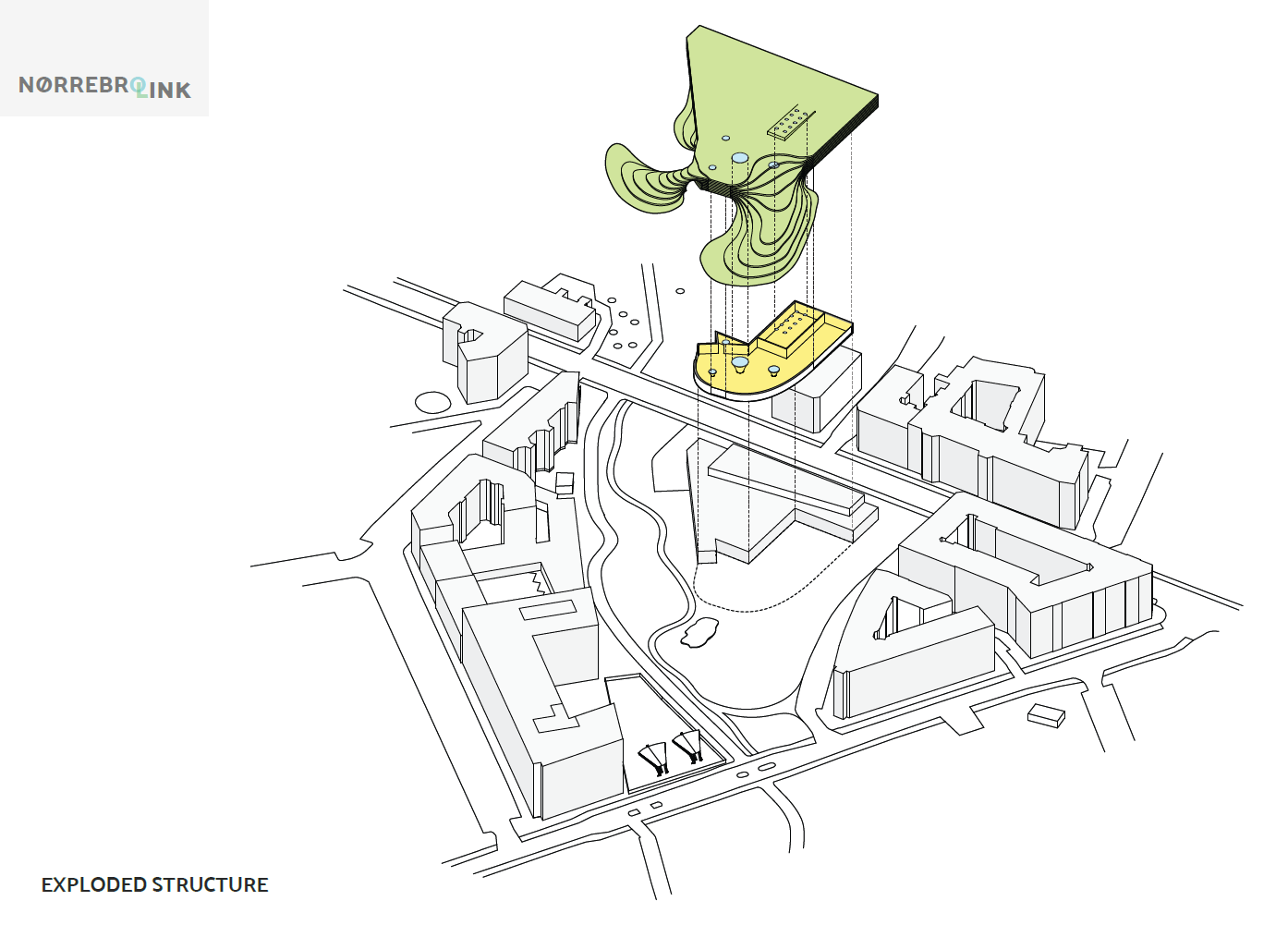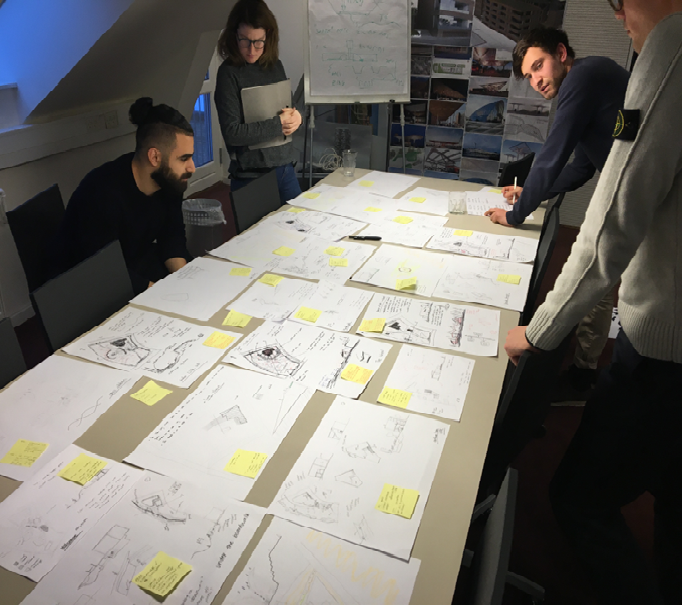MADE by the Sydney Opera House
MADE is the Multidiscplinary Australian Danish Exchange scholarship program run by the Sydney Opera House in conjunction with industry partners. Each year five architecture, engineering and design students from New South Wales spend six weeks in Denmark developing a built environment project in a multi-disciplinary team. The program includes collaboration with various built environment professionals who provide technical advice and mentorship, plus participation in study tours, masterclasses and workshops. Our host firms were Steensen Varming and Spektrum Arkitekter.
Our brief was to design a multi-purpose, shared space with functions driven by community needs: a space to gather and celebrate the physical environment in all seasons. The site for the space was in the neighbourhood of Nørrebro in Copenhagen.
The program required intensive teamwork as the five of us lived and worked together for the full duration. From the outset we made significant efforts to get to know one another and understand everyone’s personal strengths and weaknesses. The success of the project was entirely dependent on our ability to function as a team.
Our project work began with a mapping analysis of the site and surrounding area. This was followed by a series of activities to carry out community engagement such as setting up a stall at local events and interviewing residents of the area.
We used different techniques to help us collaborate and share ideas while we developed our design. These included short fast brainstorming sessions, naming ideas rather than linking them to an individual, and asking questions about an idea in structured ways. Each of these techniques encouraged free-thinking, removed personal ownership of ideas, and allowed constructive questioning to help develop our thinking.
Initially we tried to do all activities together regardless of our discipline enabling us to learn from each other. As the design progressed and pressure increased to finish, we then split into our individual specialties for the final stages of design development. The culmination of our work was in the form of a presentation where each of us spoke on key aspects linked to our specialties.
My primary contribution was in water management and energy. I considered how to integrate sustainable urban drainage systems to improve drainage, capture rainwater for reuse and handle flooding. I also analysed the energy demands of the site, thermal massing, insulation and opportunities to install photovoltaics.
The MADE program was my first experience in a design team that did not just include engineers. I was challenged to figure out how to contribute to a project in more than merely a technical way and to embrace a collaborative approach unrestricted by distinct roles. We had a common goal to find the best ideas and reach the optimal design together. We valued everyone’s input equally and took responsibility for our work as a team not individuals.
The balanced team dynamic that we achieved made our project a success. Reaching a high-quality final design was rewarding, but what was most enjoyable was the process. It felt like we did the work the right way. The ultimate measure of the project’s success is that all five of us remain close to this day and remember the experience fondly.






